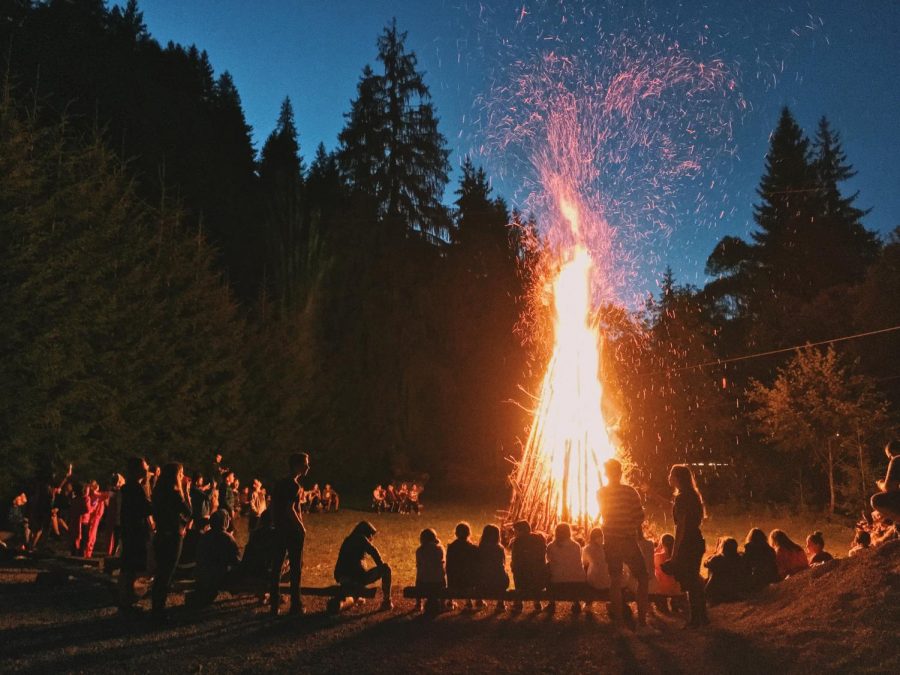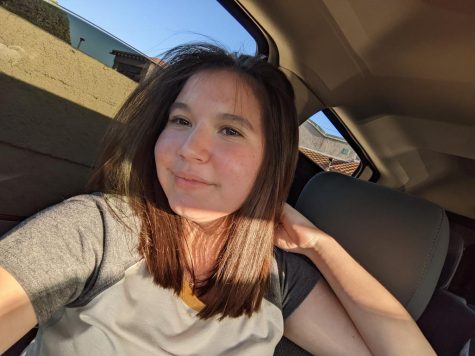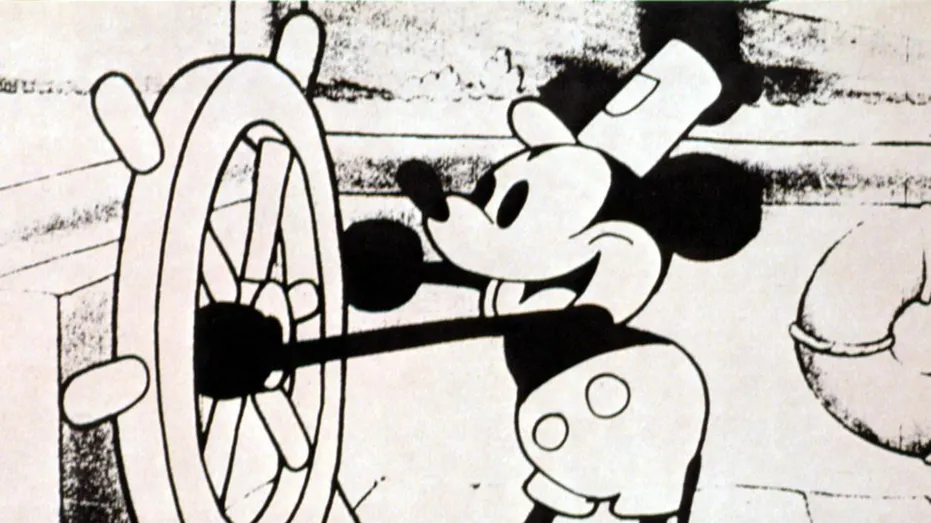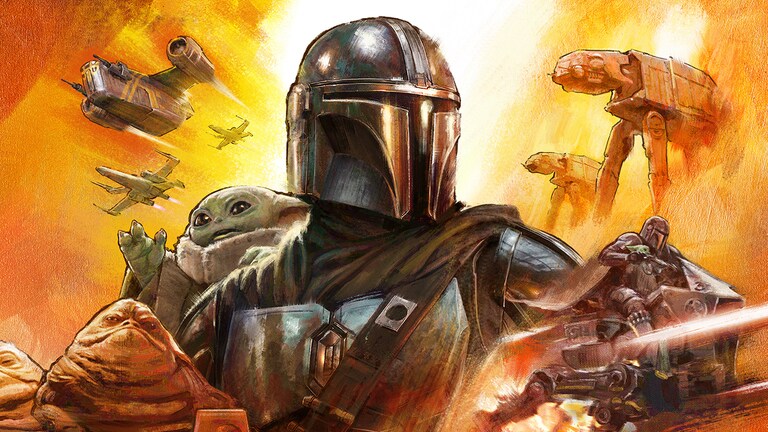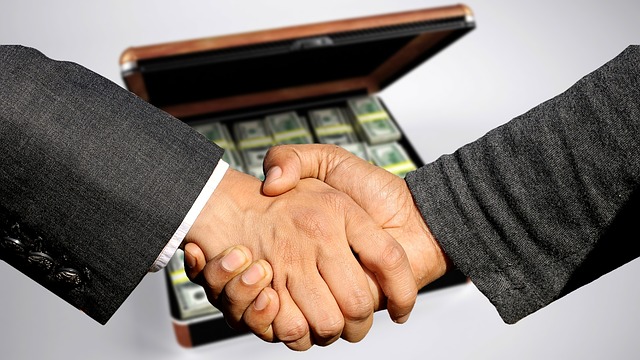Why Do We Celebrate Halloween?
October 25, 2021
In the beginning, Halloween was a Celtic festival known as Samhain where participants would dress in costumes and dance around a bonfire to ward off ghosts and spirits. The Celtics lived in areas that are now Ireland, the United Kingdom, and northern France almost 2,000 years ago and celebrated their new year on November 1st. They believed that on the night before the new year, October 31, the line between the living world and the dead world was blurred so, they celebrated Samhain to celebrate the ghosts of the dead returning and leaving the earth. They collectively agreed that because of all the spirits that were around, their priests could better predict the future for their crops. This gave the farmers, which consisted of the majority of the Celtic male population, some semblance of hope for their future crops and a sense of tranquility to last through the harsh winter.
Around 43 A.D., the Roman Empire had conquered most of the Celtic lands and ruled over the Celtic lands for around 400 years. During those 400 years, two festivals of Roman derivation were integrated into the Celtic festival Samhain. One of the traditional festivals was to remember and commemorate the dead joining the afterlife, and the other was to honor the Roman goddess of fruit and trees named Pamona. One symbol for the goddess Pamona is an apple, which may explain the traditional practice of bobbing for apples.
Pope Boniface IV allocated the pantheon in Romo to all Catholic martyrs, which led to the Catholic feast of All Martyrs Day in the Western church. Pope Gregory III eventually expanded the festival to include all Catholic martyrs and all Catholic saints, causing the name to become All Saints day. He also moved the ritual to occur on November 1st instead of May 13th. Around the ninth century, Catholicism and its influence had spread to the Celtic lands, causing All Saints Day and All Souls Day to mix with the Celtic’s original Samhain traditions. All Souls Day was honored on November 2nd and, it was a day to honor the dead. All Souls Day was celebrated much like how Samhain was celebrated by lighting bonfires, dressing as devils and angles, and many parades. All Saints Day, also known as All-Hallows, was commemorated on November 1st, the day before the Celts Samhain celebration. So when Samhain was celebrated: the Catholics called it All-Hallows Eve, which eventually became Halloween, which is what we call it now.
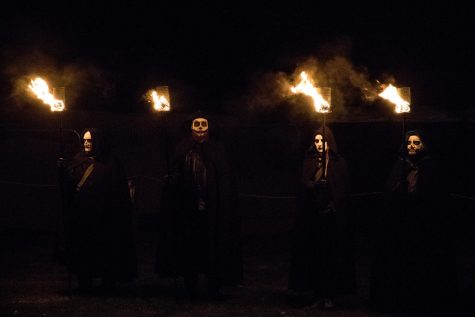 Halloween traditions were not well known in colonial New England for, the strict Catholic traditions were not welcoming to the idea of celebrating demons. Because of this, only in places like Maryland and other Southern colonies was Halloween truly prevalent in society. As the different traditions of the European and American Indians mixed, an American version of Halloween came into existence. Their Halloween parties were held to celebrate their harvest, and participants told ghost stories to their neighbors, tried to divine the future, and danced and sang. Toward the end of the 19th century, America had a sudden influx of immigrants trying to flee the Irish potato famine, which led to the eventual widespread version of Halloween we celebrate nowadays.
Halloween traditions were not well known in colonial New England for, the strict Catholic traditions were not welcoming to the idea of celebrating demons. Because of this, only in places like Maryland and other Southern colonies was Halloween truly prevalent in society. As the different traditions of the European and American Indians mixed, an American version of Halloween came into existence. Their Halloween parties were held to celebrate their harvest, and participants told ghost stories to their neighbors, tried to divine the future, and danced and sang. Toward the end of the 19th century, America had a sudden influx of immigrants trying to flee the Irish potato famine, which led to the eventual widespread version of Halloween we celebrate nowadays.
So how did we go from telling ghost stories and partying to going out in fun costumes and collecting candy from strangers? Well; Americans started dressing up in costumes because it was what the new immigrants did on the last night of October. Americans started trick-or-treating by going around on Halloween night to ask for food or money from neighbors. Soon, around the 1800s, Halloween was more about connecting with your neighbors and not so much focused on devils, spirits, and witchcraft. Most communities’ churches were hard-pressed to stop anything that went directly against the churches’ teachings. This included dressing like the devil or attempting to converse with spirits and was now generally frowned upon by the church as a thing to do on Halloween night. Eventually, many people started to celebrate their religions in America; Americans’ started celebrating Halloween on the same nights that the Celts used to celebrate Samhain.
So, to sum it all up, the combined effects of the Roman Empire and the Catholic church had the most extensive hand in changing the tradition of Samhain into the Halloween that we all know and, if not love, tolerate these days.

